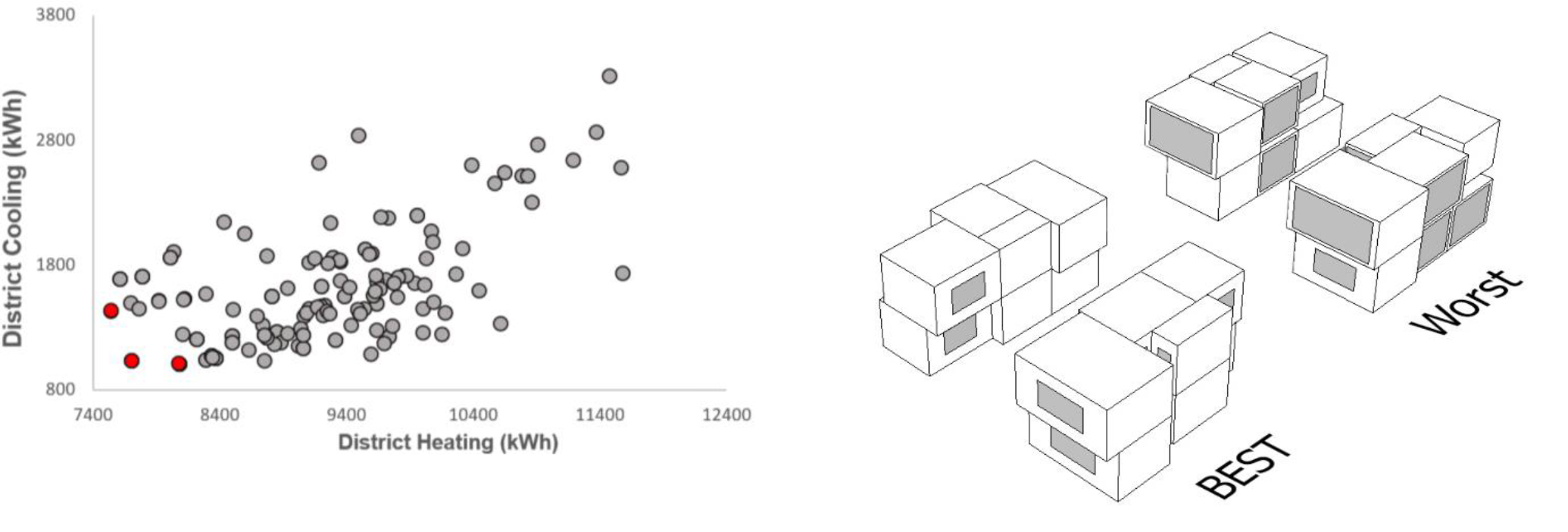Life Cycle Impacts
The Life Cycle Carbon Footprint and Life Cycle Cost of Refurbished and New Buildings
EngD research by Yair Schwartz

In the context of the Kyoto protocol (1997) and the recent UN Paris climate change conference (2015), countries around the world have committed to significantly reduce their carbon emissions. As the buildings industry can have an important contribution to the success of this commitment, much effort for improving building energy efficiency is focused on new buildings.
The environmental performance of existing buildings can have a major role in achieving reduction targets: In the UK, new buildings account for around 1% of the total building stock (annually), and predictions show that around 75% of the housing stock that will still remain in 2050 has already been built. Furthermore, while current building performance improvement efforts focus mainly on the performance of buildings only once they are occupied, the environmental impact of buildings is the result of processes that occur throughout their whole life-cycle (construction, usage and demolition).
To achieve significant CO2 emission reductions in an economically viable way, this thesis aims to utilise the Life Cycle Carbon Footprint (LCCF) and Life Cycle Cost (LCC) analysis methods, to identify the most efficient performance improvement measures and determine the preferable alternative: the refurbishment of existing buildings or their replacement.
The investigation is carried in two complimentary and parallel paths: the optimal refurbishment design of a case study building is found, and its performance (LCCF and LCC) is compared with that of the optimal replacement. For the purpose of finding the optimal alternative, advanced computational analysis and optimisation methods were used (Parametric Simulations, Non-Sorting Genetic Algorithms II), and a designated algorithm for the automated generation of new building designs was developed.